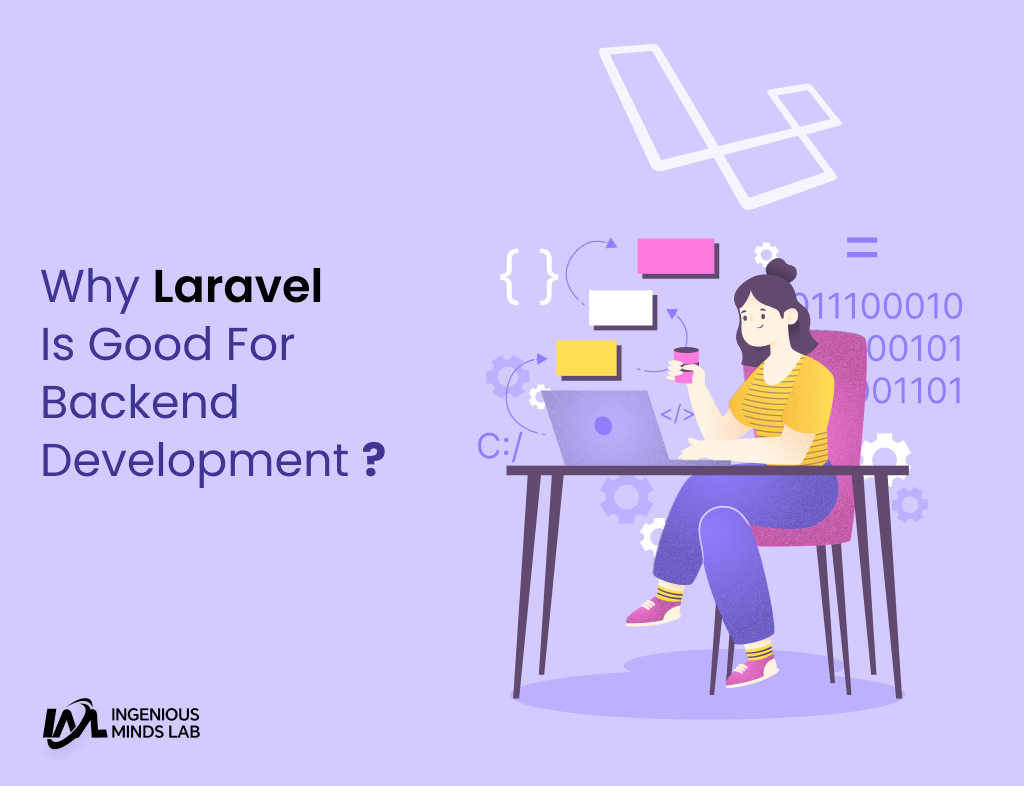Why Laravel is Good for Backend
Laravel is good for backend and one of the most popular open-source PHP web application frameworks, developed by Taylor Otwell. It has become one of the go-to choices for building backend systems for web applications. In this blog, we will explore why Laravel is good for backend development.
Key Characteristics: Why Laravel is Good for bankend
1. Elegant Syntax and Structure:
2. Built-in Authentication and Authorization:
3. MVC Architecture:
Laravel follows the Model-View-Controller (MVC) architecture, which separates the application’s business logic from the presentation layer. This separation of concerns makes the application more manageable, easier to maintain, and scalable.
4. Robust Ecosystem:
5. Blade Templating Engine:
Laravel’s built-in templating engine, Blade, simplifies the process of creating HTML templates. It allows developers to write clean, easy-to-read templates with reusable code snippets.
6. Artisan CLI:
7. ORM:
8. Security Features:
Laravel comes with several built-in security features, such as CSRF protection, encryption, and password hashing. These features help developers build secure web applications, protecting against common web application vulnerabilities.
9. Scalability:
10. Support:
Laravel has a large and active community of developers who contribute to the framework’s development, share knowledge, and provide support. This community helps ensure that the framework is always up-to-date and stable.
Conclusion:
hope this blog has provided you with a comprehensive understanding of why Laravel is Good for Backend development. Its unique features and benefits make it a powerful framework for building web applications. Laravel’s elegant syntax and structure, MVC architecture, Blade templating engine, Artisan CLI, Eloquent ORM, security features, and active community of developers make it an ideal choice for building scalable and secure web applications. By using Laravel is Good for backend development, developers can build applications faster, easier, and more efficiently.
In conclusion, Laravel is Good for Backend development for web applications efficient and enjoyable. Its simple, elegant syntax and structure, MVC architecture, powerful Artisan CLI, Blade templating engine, Eloquent ORM, and built-in security features make it an excellent choice for building scalable and secure web applications. Its active community of developers provides additional support and resources, making it a reliable and practical choice for web development projects.
